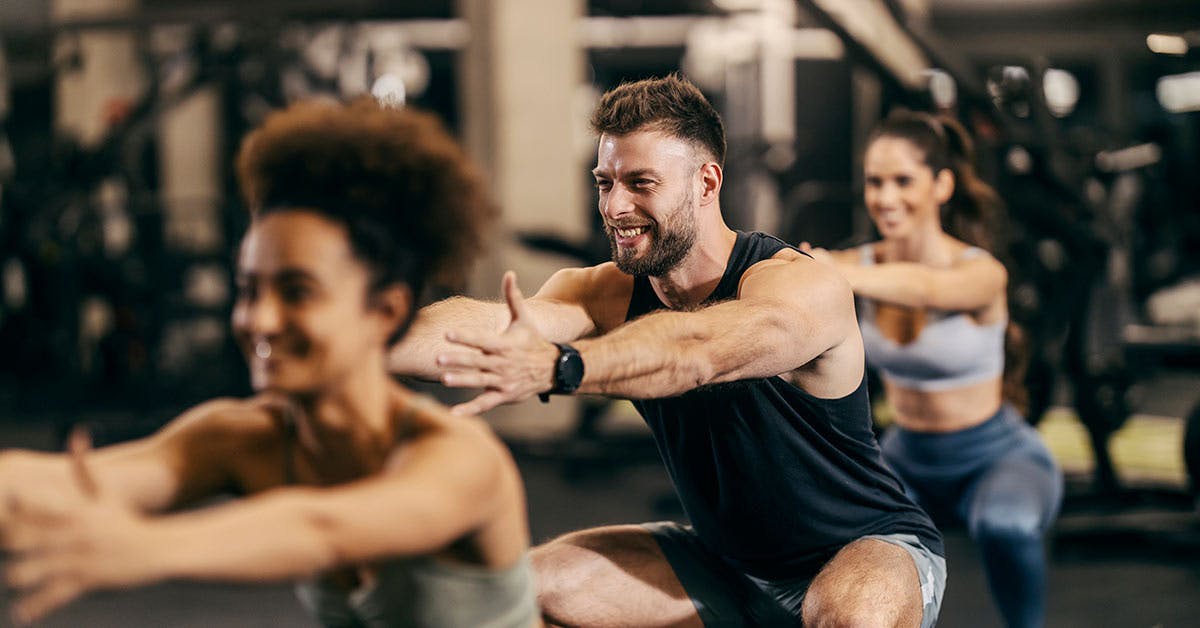31 Jul 2025
What it will be like to work as a Personal Trainer in 2026
In 2026, the fitness industry in Australia is booming. With more Australians prioritising health, wellness, and longevity, the demand for qualified personal trainers has never been higher. Whether you're looking to start fresh or pivot into a more purpose-driven career, personal training offers flexibility, impact, and growth.
But before you can work as a personal trainer, there’s one non-negotiable requirement: you must acquire a SIS40221 Certificate IV in Fitness. This nationally recognised qualification is the minimum standard for anyone who wants to train clients independently, offer tailored fitness advice, or run their own fitness business.
The Rise of the Modern Personal Trainer
Today’s personal trainers are more than just fitness instructors. They’re lifestyle coaches, motivators, and entrepreneurs. The role has evolved dramatically, and in 2026, PTs can:
Deliver virtual coaching and training models
Integrate wearable tech and fitness apps
Tailor workouts to diverse populations and goals
This shift has elevated the profession, positioning personal trainers as essential contributors to long-term health, not just short-term fitness.
A Day in the Life of a Personal Trainer in 2026
Here’s what a typical day might look like for a qualified personal trainer:
Morning:
6:00 AM: Online session via fitness app
7:30 AM: Group HIIT class at a local gym
9:00 AM: Admin time: client check-ins, program updates
Afternoon:
12:00 PM: Lunch and personal workout
2:00 PM: Outdoor session with a corporate client
4:00 PM: Social media content creation
Evening:
6:00 PM: Final client session
7:30 PM: Planning and prep for the next day
This dynamic schedule highlights the flexibility and variety that comes with the role but it also underscores the need for proper training and certification.
Why You Must Acquire a Certificate IV in Fitness
To work as a personal trainer in Australia, you must hold a Certificate IV in Fitness. Without a Certificate IV in Fitness, you cannot:
Train clients one-on-one
Provide personalised fitness advice
Operate as a freelance or mobile PT
Work independently one-on-one in gyms or studios
The Certificate IV in Fitness ensures that trainers have the advanced skills and knowledge to deliver safe, effective, and tailored fitness programs. It’s not just a credential; it’s a professional standard.
How the Certificate III in Fitness Prepares You
Before you can enrol in the Certificate IV in Fitness, you’ll need to complete the SIS30321 Certificate III in Fitness. This foundational course covers:
Anatomy and physiology
Exercise programming
Client communication
Safety and risk management
It qualifies you to work as a gym instructor or group fitness coach and serves as the stepping stone to the Certificate IV in Fitness.
What You’ll Learn in the Certificate IV in Fitness
The Certificate IV in Fitness builds on the Certificate III and prepares you to work independently. Key learning areas include:
Develop personalised exercise programs
Plan and instruct online exercise sessions
Business and marketing for personal trainers
Working with special populations (e.g., older adults, adolescents)
Develop strength and conditioning techniques
You’ll also gain the skills to run your own fitness business, manage clients, and stay compliant with legal and insurance requirements.
Career Pathways with a Certificate IV in Fitness
Once you’ve earned your Certificate IV in Fitness, a wide range of career opportunities open up. You can work as:
A gym-based personal trainer
A mobile or freelance PT
An online fitness coach
Many trainers also build their own brands, launch fitness apps, or create online programs. The Certificate IV gives you the credibility and flexibility to pursue these paths.
Earning Potential in 2026
Personal trainers in Australia have the ability to charge between $30–$59 per hour, depending on contract type, experience, location, and specialisation. Sub-contracted Personal trainers usually charge a higher rate. Top trainers earn more through:
Group training sessions
Online coaching programs
Corporate fitness contracts
With the right business skills, you can scale your income and impact.
Skills That Set You Apart
To thrive as a personal trainer in 2026, you’ll need more than just fitness knowledge. Key skills include:
Communication: Building rapport and trust with clients
Tech literacy: Using fitness coaching apps, wearables, and CRM tools
Business acumen: Managing bookings, marketing, and finances
Adaptability: Tailoring programs to diverse client needs
The Certificate IV in Fitness equips you with all of these skills, making you a well-rounded and competitive professional.
Challenges to Consider
While personal training is rewarding, it’s not without challenges:
Early mornings and late nights
Client cancellations and schedule changes
Staying current with trends and certifications
Managing your own business, finances and health
But for those passionate about fitness and helping others, the lifestyle and impact make it worthwhile.
Insurance and Registration Requirements
After completing your Certificate IV, you’ll need to think about and keep up to date on:
Registering with a professional body (e.g., AUSactive or Fit Rec)
Obtaining public liability and professional indemnity insurance
Staying up to date with continuing education and CPR/First Aid certifications
Obtaining an ABN (for a Sole Trader) or other business requirements
These steps ensure you’re protected and recognised as a qualified professional.
Ready to Start Your Personal Training Journey?
If you're ready to turn your passion into a career, start with the Certificate III in Fitness, then progress to the Certificate IV in Fitness. This pathway gives you the qualifications, confidence, and credibility to thrive in the fitness industry. At AIPT we also have a Complete Personal Training Course that offers both courses.
Whether you want to work in a gym, run your own business, or coach clients online, acquiring a Certificate IV in Fitness is essential. It’s your key to unlocking a fulfilling, flexible, and future-proof career.
Related Articles

Maximise the Rest of 2025 With Your Fitness Career
Finish 2025 strong. Learn how personal trainers can grow their fitness career, attract more clients and upskill before the final campus intake closes.

Career Opportunities in Fitness: Which Path is Right for You?
Explore career opportunities in fitness. Discover roles, salaries, and training pathways to start your health and fitness career today.
Industry Supplier
Proud member of

© Australian Institute of Personal Trainers | RTO Number 32363
